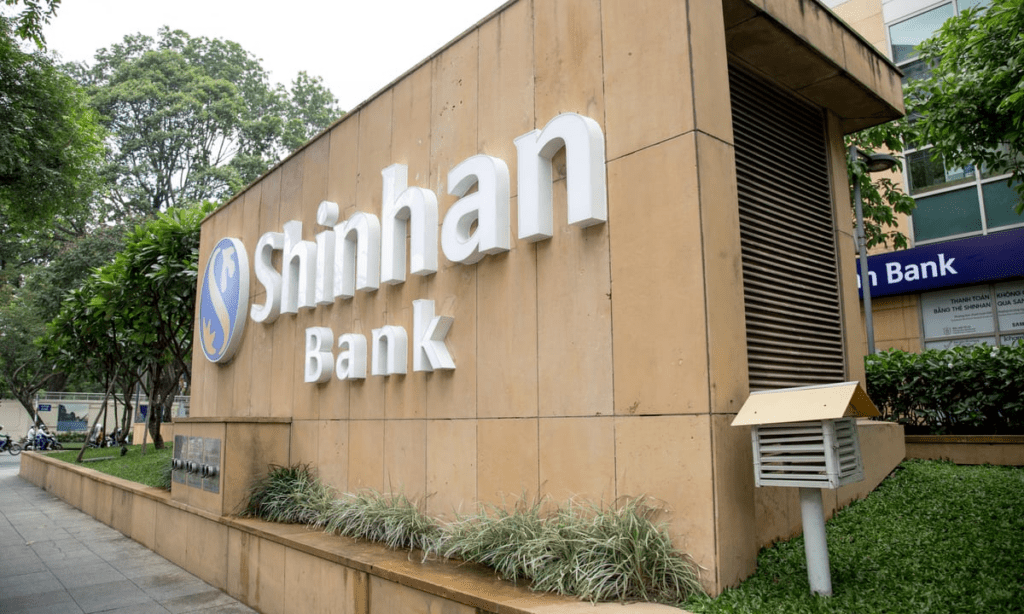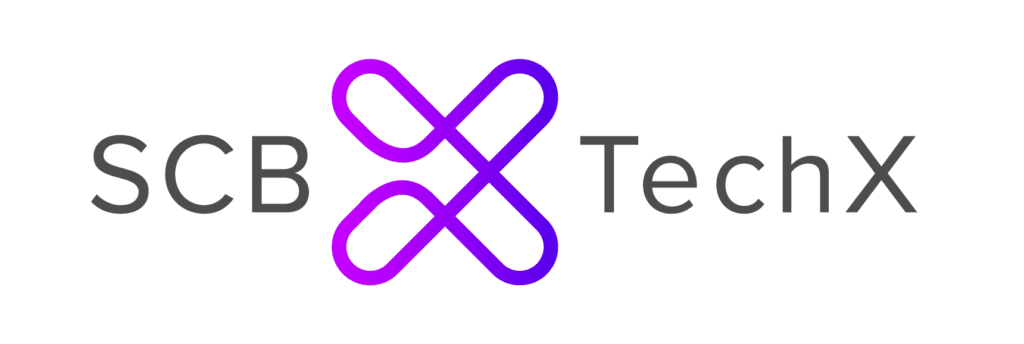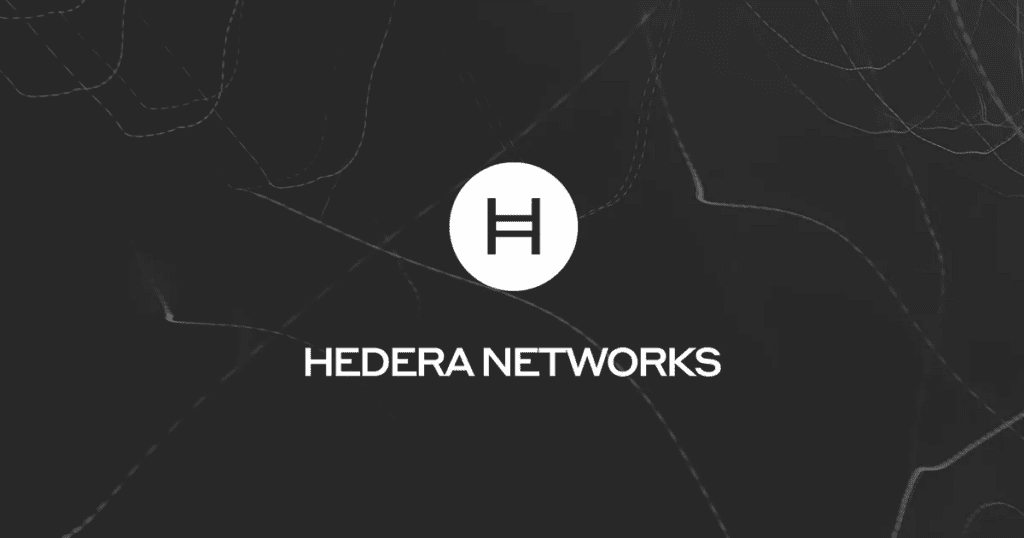Key Points:
- Shinhan Bank, SCB TechX, and a major financial institution in Taiwan have completed a successful proof-of-concept pilot for stablecoin remittance on the Hedera open-source network.
- The pilot achieved real-time settlement and foreign exchange rate integration across multiple currencies, showcasing the potential for efficient cross-border payments.
- The use of stablecoins offers a low-cost and reliable method for transferring value across borders, increasing financial inclusion and accessibility for underserved communities.
Shinhan Bank, SCB TechX, and a major financial institution in Taiwan have announced the successful completion of a proof-of-concept (PoC) pilot for stablecoin remittance. This pilot was conducted on the efficient and eco-friendly Hedera open-source public network.

During the pilot, real-time settlement and foreign exchange (FX) rate integration was achieved across the Thai Baht (THB), New Taiwan dollar (NTD), and South Korean won (KRW). The PoC, which is EVM-compatible, allows any EVM-based stablecoin issuers to participate using the framework in the future.
This PoC builds upon Shinhan Bank‘s previous work in stablecoin international remittances, demonstrating progress in the pursuit of efficient and cost-effective cross-border payments.
Byunghee Kim, Chief of the Blockchain division at Shinhan Bank, expressed satisfaction with the partnership with Hedera and highlighted the importance of stablecoins for facilitating cross-border remittances. He emphasized how stablecoins offer a low-cost and reliable way to transfer value, contributing to financial inclusion and accessibility for underserved communities.
“The successful completion of this second PoC marks an important step forward in our efforts to make cross-border payments faster, cheaper, and more accessible to people around the world.”
SCB TechX also emphasized the potential of stablecoins in increasing financial inclusion and improving access to financial services for individuals and businesses in underserved communities.

This announcement is a significant milestone for the financial industry as more banks and financial institutions recognize the transformative potential of blockchain and distributed ledger technology (DLT) in cross-border payments.
Using stablecoins as a solution, banks can leverage an intermediary currency such as a dollar stablecoin to eliminate the need for maintaining accounts worldwide. This approach reduces costs by providing liquidity between local currencies and the dollar, streamlining the payment process.
The scalability of public blockchains and DLT is a challenge for stablecoins. Hedera, with its EVM smart contracts, can handle 300 transactions per second. For transactions that do not require smart contracts, Hedera’s native token service can scale up to 10,000 transactions per second. The platform is also working on a hybrid version that uses smart contracts for stablecoin management by the issuer instead of every transaction.

Stablecoin usage has predominantly been for crypto transactions and P2P payments. The average cost of remittances worldwide is around 6%, but it varies significantly across jurisdictions. Low-cost networks like Hedera enable transactions at a fraction of a cent, reducing the overall payment costs.
Hedera has introduced a stablecoin accelerator program and plans to open-source major components of the software required for launching stablecoins, further promoting innovation in this space.
DISCLAIMER: The information on this website is provided as general market commentary and does not constitute investment advice. We encourage you to do your own research before investing.






















